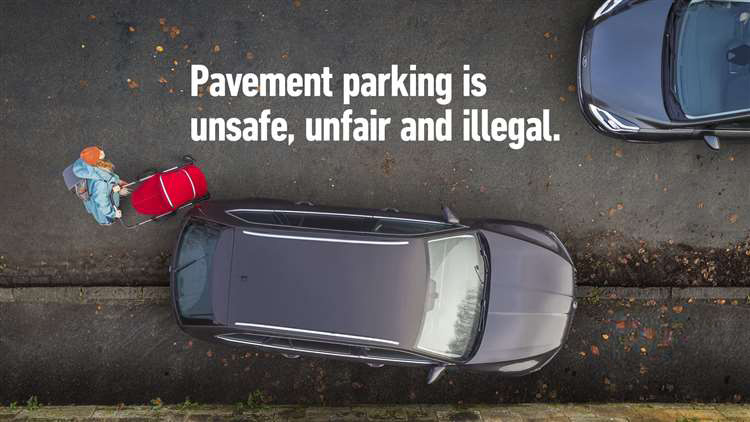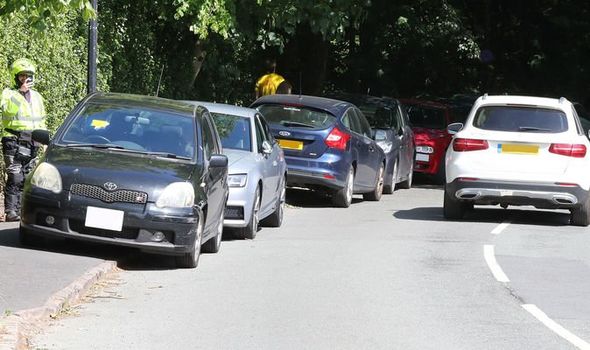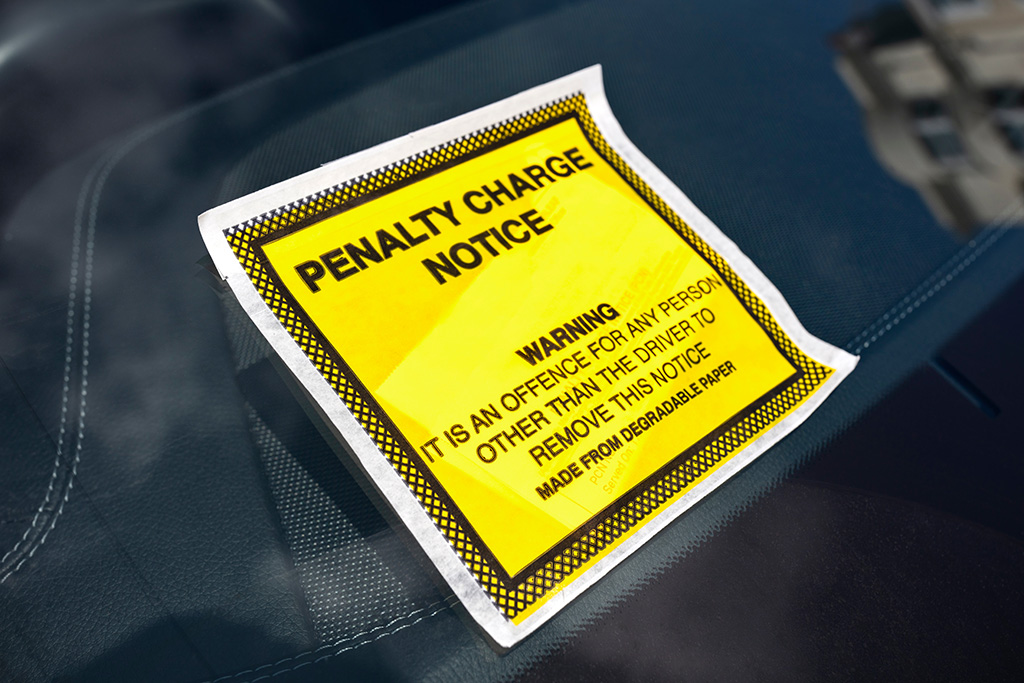Edinburgh’s Pavement Parking Ban
Edinburgh has recently made a bold move by introducing a pavement parking ban, setting a fine of £100 for drivers who violate this new rule.
Enhancing Pedestrian Safety
From a pedestrian’s viewpoint, the ban is a breath of fresh air. It promises safer and more accessible streets, especially for people with disabilities, parents with strollers, and the elderly. This initiative aligns with efforts to make urban areas more pedestrian-friendly, encouraging walking and reducing vehicular congestion.

Concerns from Drivers
However, not everyone agrees with this approach. Some argue that the ban adds another layer of difficulty for drivers, especially in areas where parking is already scarce. Critics point out that this could lead to increased traffic as drivers circle around looking for legal parking spots, potentially creating more congestion and pollution.

Implications for Traffic Management and Related Industries
The Edinburgh pavement parking ban could significantly impact the temporary traffic management industry and other sectors operating near or on national highways. This could lead to an increased demand for traffic management services to accommodate the new parking and traffic flow changes. Industries such as construction, utilities, and event management may need to adapt their logistical strategies, especially regarding equipment and vehicle parking. Additionally, this ban puts a spotlight on pedestrian safety, likely leading to more comprehensive pedestrian traffic management planning in future projects. Furthermore, this pioneering move by Edinburgh could inspire other cities to implement similar regulations, potentially affecting operational norms across various regions.

Conclusion
Edinburgh’s pavement parking ban is a significant step in urban traffic management, one that other cities in Scotland, like Glasgow, are watching closely. It raises important questions about balancing pedestrian safety with the needs of drivers. What’s your take on this development? Does it represent a progressive move towards better urban living, or does it complicate things unnecessarily for vehicle owners?
